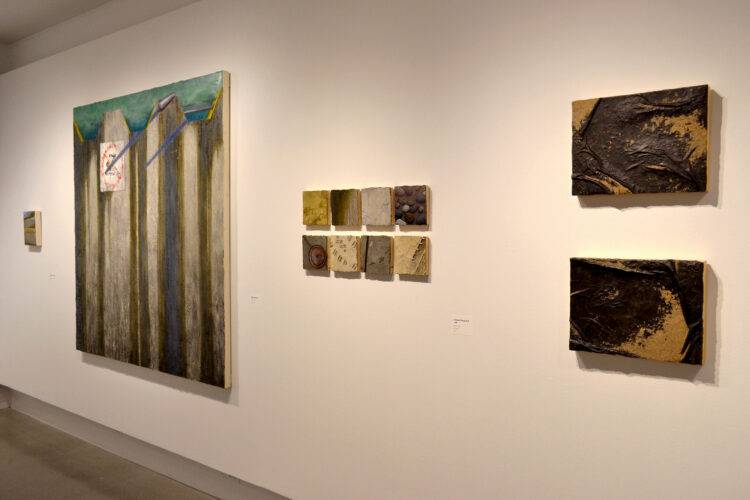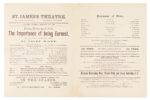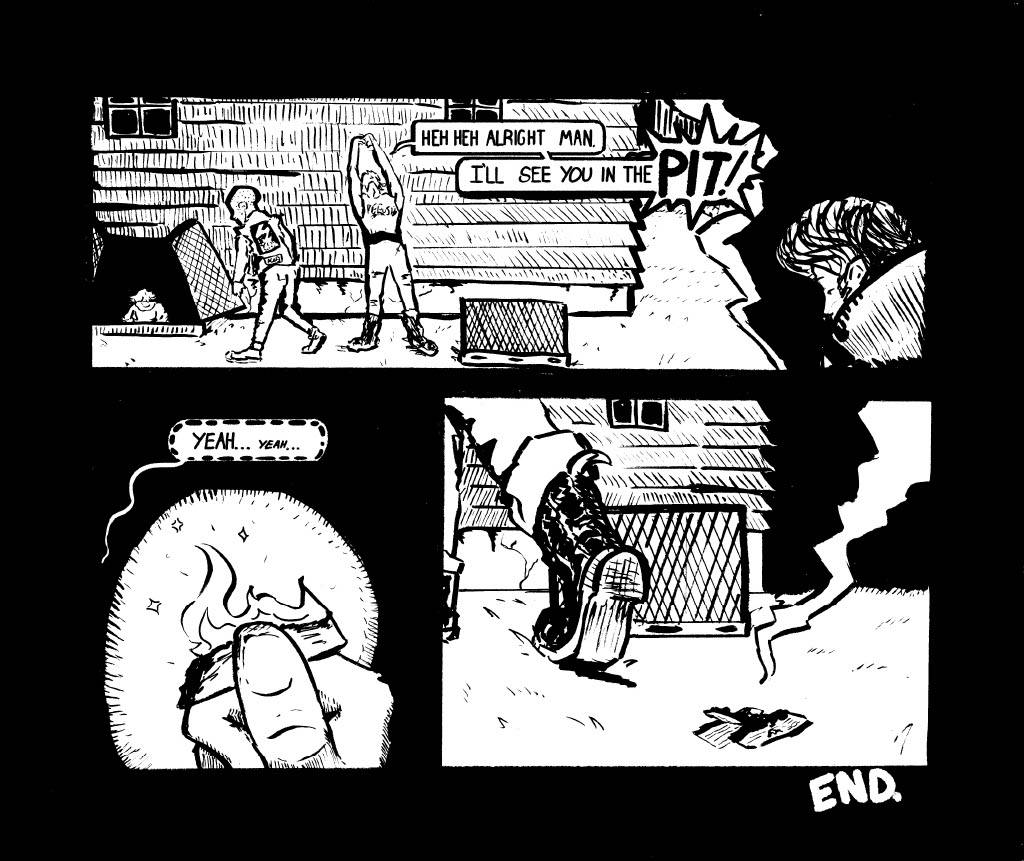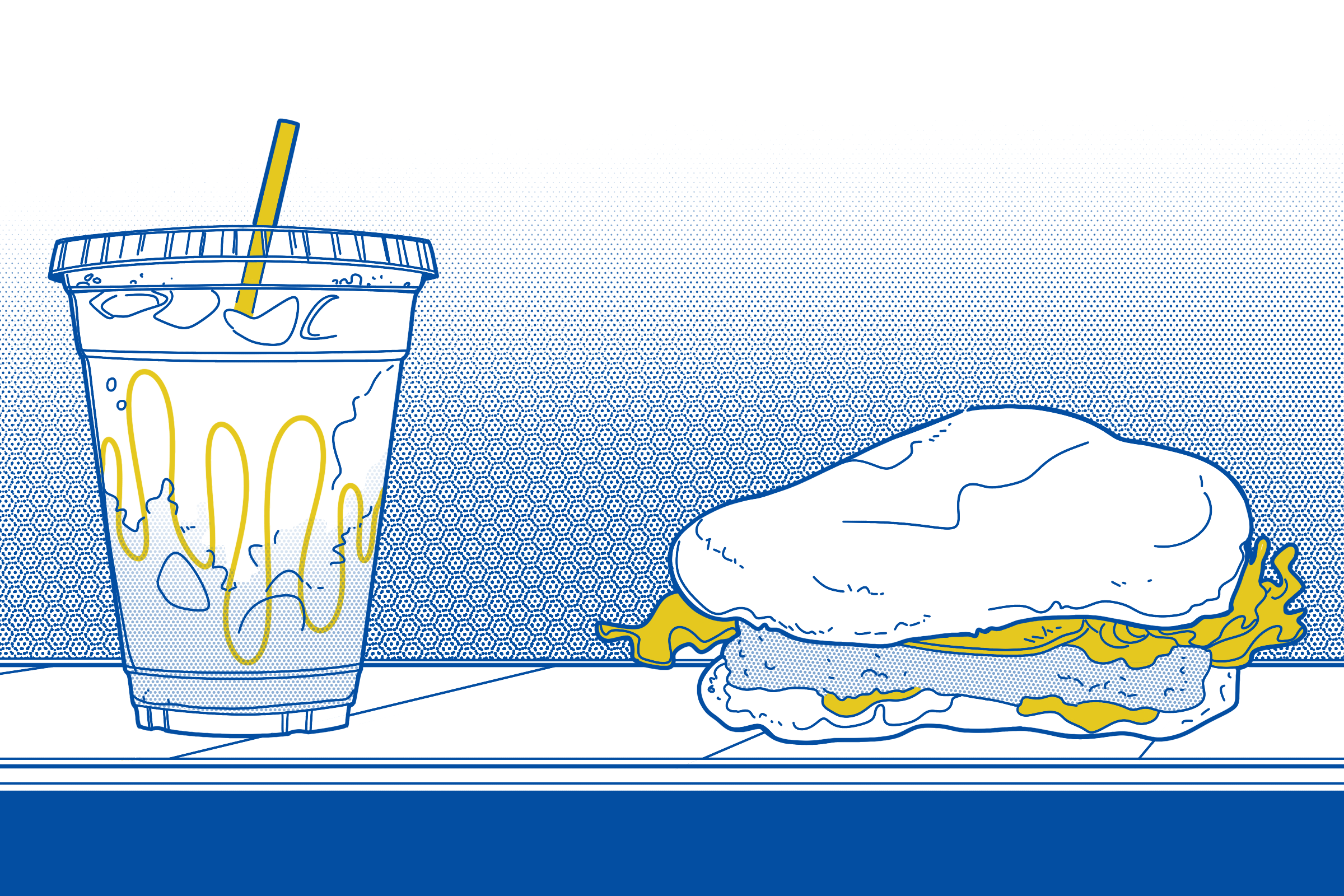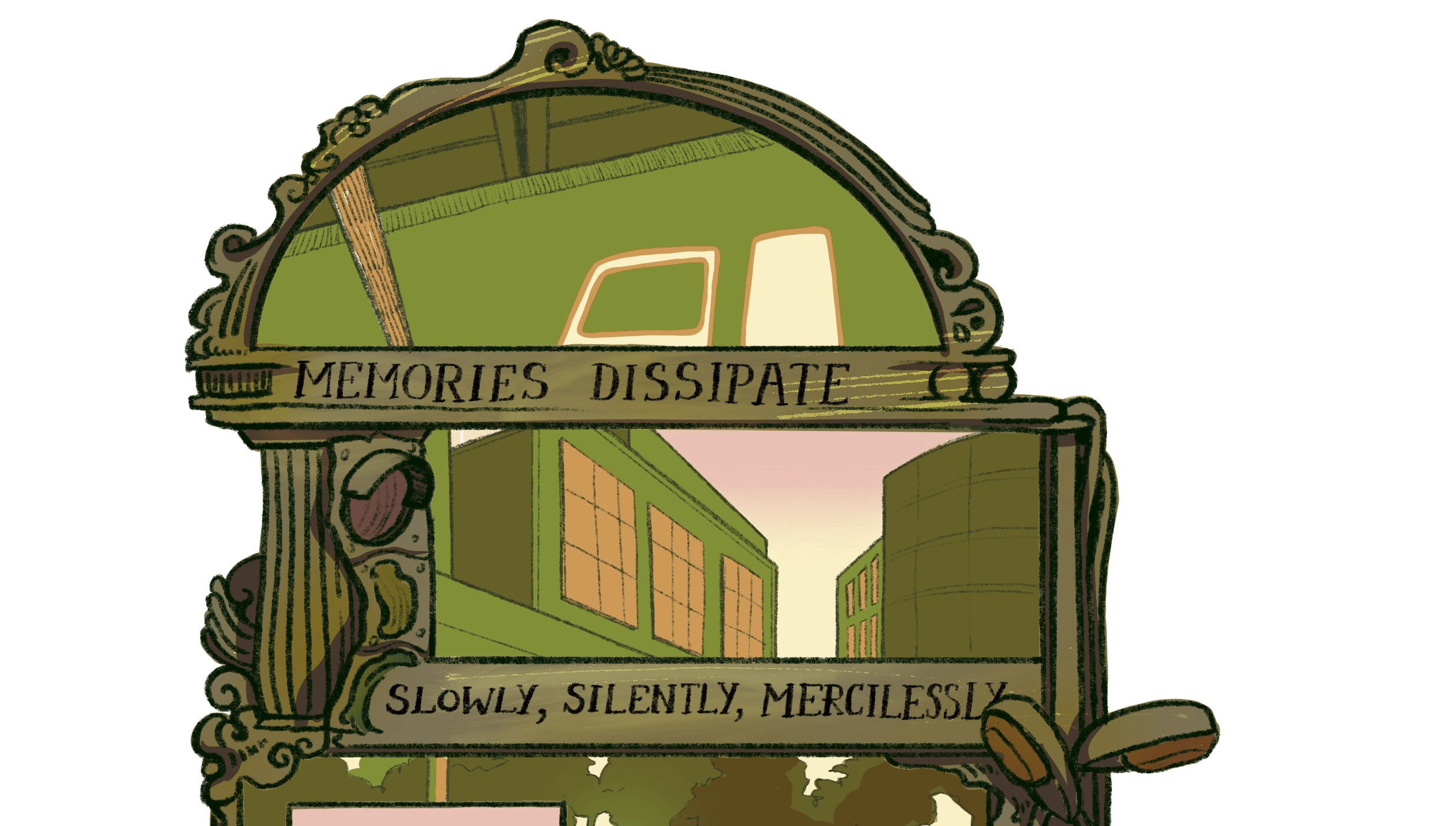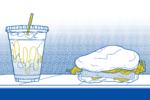At SITE 280 Gallery’s new solo exhibition “Ache of Erosion,” SAIC MFA candidate, Elisabeth Heying, reveals a firm command of her medium. With steadfast regularity a bulwark of expertly crafted paintings greets you in pleasant realism. The subject of these works are the often overlooked, crumbling intersections between the natural world and the human-made one. Stained cement, slimy algae, and crumbling rocks are painted matter of factly, and the “magic” of illusion is sometimes foregone for a more literally solid technique, like globs of actual painting material. But upon closer inspection, the earthy subject matter reveals itself to be open to metaphysical flight. And this relatively small number of paintings, tucked away in SITE’s cave-like gallery, offers a rich array of painting techniques and mediums; one far more varied and knowledgeable than most solo shows, anywhere.
Each material seems chosen to perform an aspect of the work that it embodies best. Poetic interludes of small, jewel-like egg tempera landscapes warmly glint with the internal light that only this medium can impart. Oil reveals its richness and texture in an elegant painting of a grimy wall and pipe. Two paintings of erosion blanket, a common landscaping tool, reveal themselves to really be made of erosion blanket and sand, while across the room, acrylic cheekily masquerades as chain link in its endless verisimilitude. Finally, a drawing of stones, arranged in blocks by a retaining wall, floats inches from the wall. Graphite as a material is very vulnerable to erasure and combined with its floating paper substrate, this drawing’s medium enforces the idea that our firm grip on reality may be less solid than we thought. Heying opens the door to a world where materials are not just means to an end, but instead are the key in themselves.
Try standing in front of the painting “Grout and Fault Lines.” A Fruit Loops colored sample of a stone wall, bathed in dramatic lighting, hangs in front of you. Three pipes halo your head, fish eyeing out from your line of vision. You slowly notice the sediment in the pipes glistening in high gloss, and a sense of gravity starts to weigh upon you. There is no sky or ground in this painting, but its full-length mirror proportions, and those tell-tale drips from the pipe, make you feel your own body relentlessly being dragged down towards the earth.
And yet, these oh-so-solid paintings of dirt, water, stone, cement, and sand are all images of an ever changing cosmos captured in motion. In “Ground Swatch #7,” a tiny imprint of a bird foot is frozen in cement. The clogged confusion of a flood in “Currents Afoot (Halted) II” suggests that time might not flow cleanly in one line from past to future, but that it might catch and swirl at varying speeds and sluggishness. While the exposed perlite (both a painting medium, and a landscaping additive) in “Constructed Diversion (Slip Through My Fingers) II” serves as a reminder of the half-futile, half-valiant effort it takes to remain centered in a world of mysteriously contradictory forces.
“Ache of Erosion” asks us to take a closer look at the crumbling walls, loose dirt, or pools of water that act as the filler to our everyday world. It shows us that these overlooked elements are quiet reminders of the constant back and forth pulling, sucking, pushing, and rushing of time that eventually wears everything down. In the end though, the pleasure, focus, and material knowledge in painting that Heying demonstrates is a touchstone that reveals her value for curiosity, rigor, and warmth of feeling in the face of such deep existential quarry.
“Ache of Erosion” is open at SITE 280 Gallery now through Oct. 16 2021. Open to all SAIC faculty, students and staff Mon-Fri 11 a.m.-6 p.m. and Sat 11 a.m -3 p.m., and by appointment to the general public.


